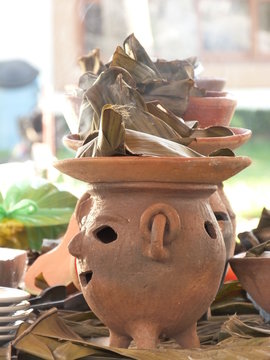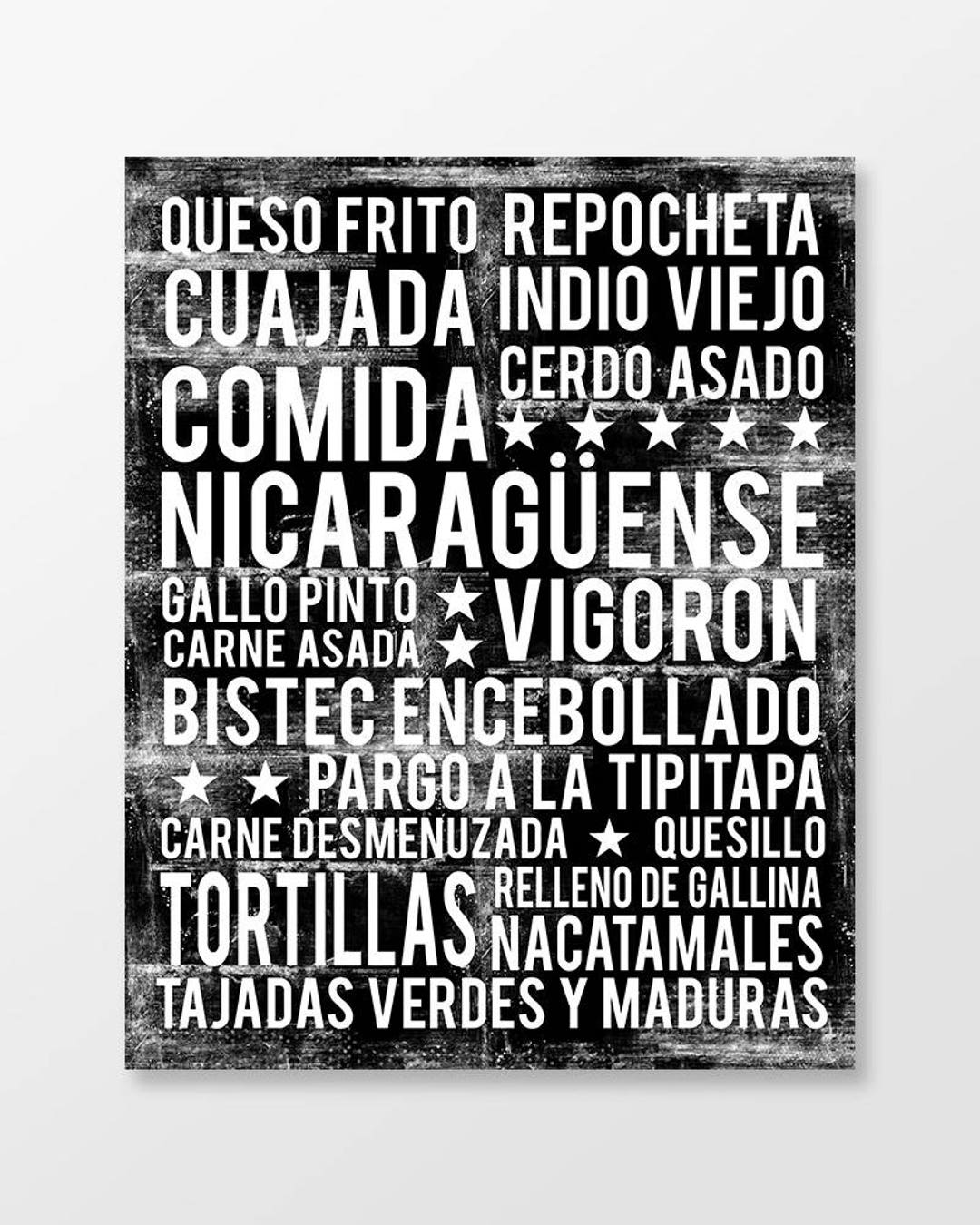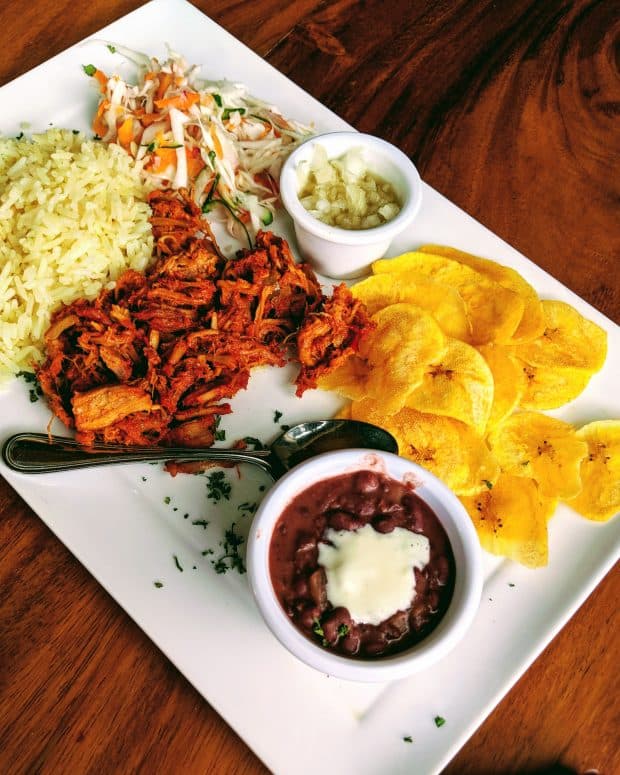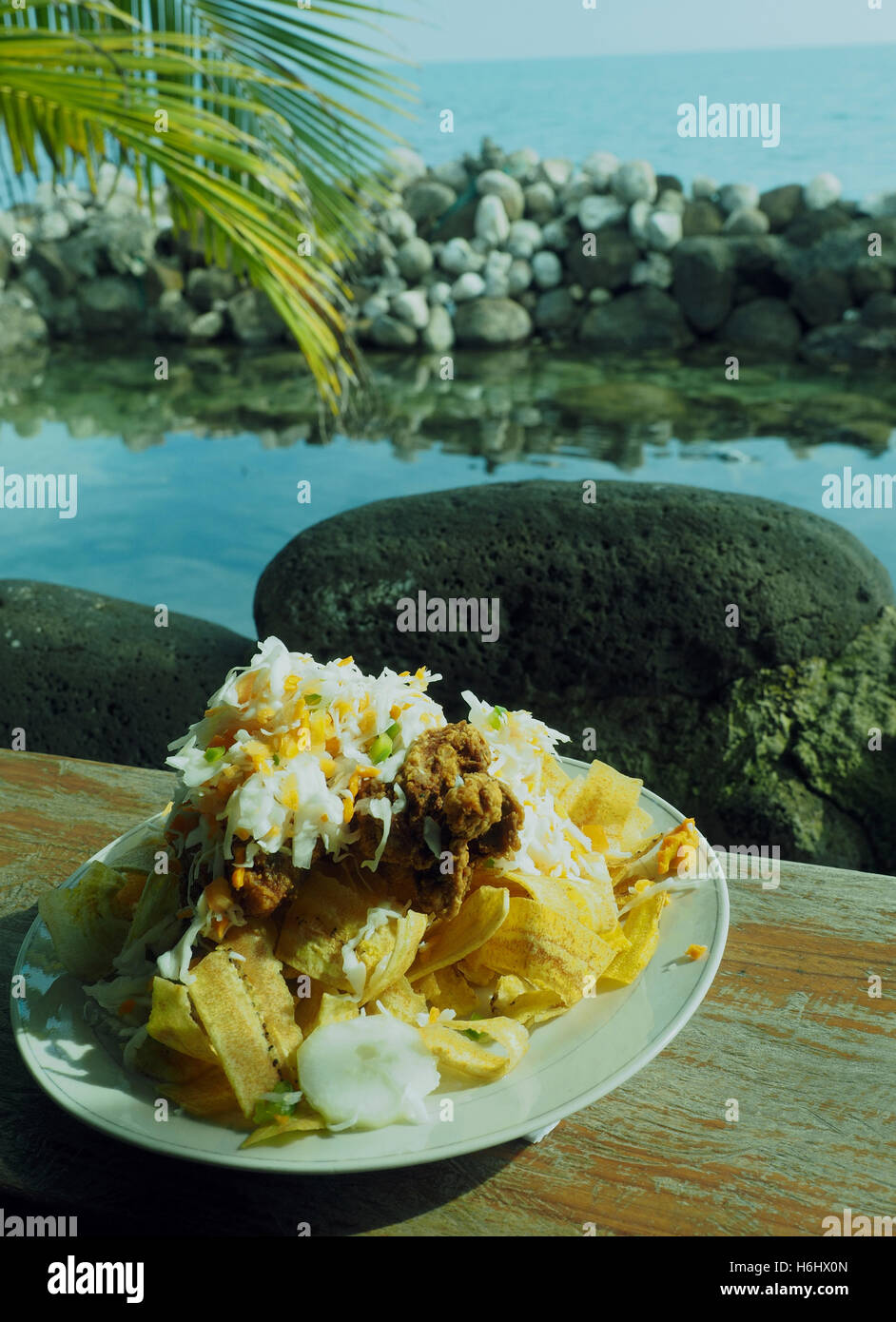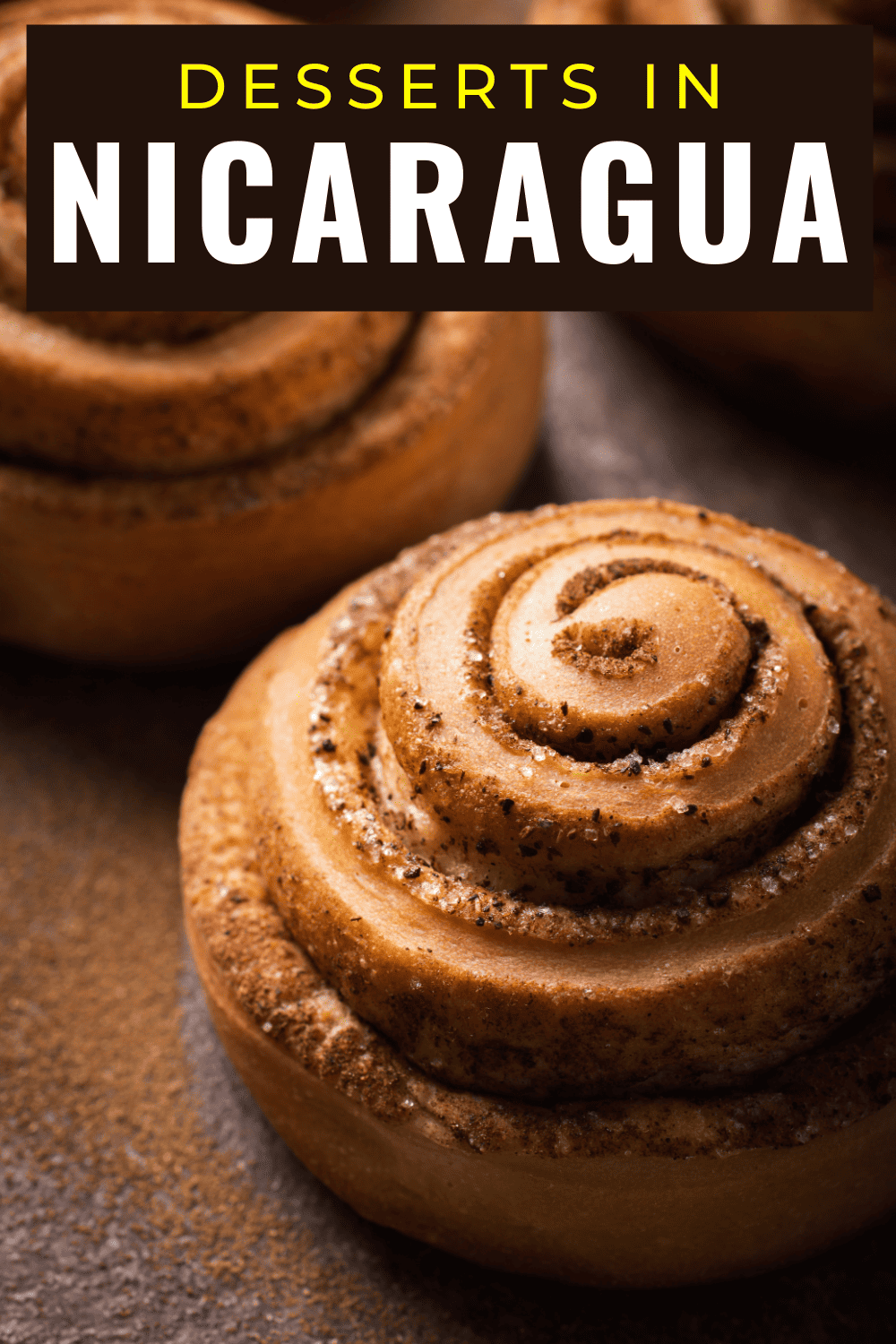Is Nicaragua truly the hidden gem of Central America when it comes to culinary diversity and cultural richness? The answer lies in its vibrant tapestry of flavors, traditions, and agricultural practices. As one of Latin America's poorest nations, yet a land abundant with natural resources, Nicaragua offers an intriguing paradox that captivates food enthusiasts worldwide.
Nicaragua is indeed a low-income, food-deficit country, ranking among the least affluent in Latin America. Despite these challenges, its people have developed a resilient culture centered around agriculture and traditional cuisine. Approximately 73% of the rural population relies on farming as their primary livelihood, contributing significantly to the nation's GDP—about 8% in recent years. However, frequent climate disasters threaten this fragile balance by destroying crops and exacerbating food insecurity issues. Yet amidst such adversity, Nicaraguans continue to celebrate their heritage through unique dishes like Vigoron, Indio Viejo, and Gallo Pinto, each telling stories of resilience and creativity.
| Category | Details |
|---|---|
| Country Name | Nicaragua |
| Population | Approximately 6.6 million (2023) |
| GDP Contribution from Agriculture | 8% (2023) |
| Primary Livelihood | Agriculture for 73% rural population |
| Food Security Challenges | Climate disasters impacting crop production |
| Famous Dishes | Vigoron, Indio Viejo, Gallo Pinto |
| Reference Website | World Food Programme - Nicaragua |
The influence of various cultures has shaped Nicaraguan cuisine into what it is today—a delightful fusion of Spanish, Caribbean, and African elements. This rich blend manifests itself not only in everyday meals but also in special occasion fare. For instance, Arroz Ancha, Berenjenas Rellenas, and Camarones al Ajillo represent just some of the many mouthwatering options available across different regions within the country. Each dish carries distinct characteristics reflective of local ingredients and preparation methods passed down through generations.
Granada, known as Nicaragua's premier tourist destination, serves as a gateway to exploring authentic Nicaraguan street food. Here, visitors can indulge in Vigoron—a popular choice featuring yuca served alongside cabbage salad and chicharrón. Such offerings highlight how deeply intertwined food is with identity and community spirit throughout Nicaragua. Moreover, they underscore the importance placed upon preserving age-old recipes while adapting them according to modern tastes.
In recent times, there has been growing interest in promoting vegan alternatives within Nicaraguan gastronomy. With nineteen active volcanoes dotting its landscape, Nicaragua remains an enchanting locale despite misconceptions perpetuated by certain external narratives. Travelers seeking plant-based experiences will find no shortage of options catering specifically to their dietary preferences. From tajadas con queso made using ripe plantains paired with cheese, to innovative takes on classic recipes utilizing locally sourced produce, veganism continues gaining traction amongst both locals and tourists alike.
Import regulations play a crucial role in maintaining quality standards for imported goods entering Nicaragua's borders. These guidelines ensure compliance with national legislation governing everything from labeling requirements to safety protocols. While updates occur periodically based on evolving needs, existing frameworks already provide comprehensive coverage addressing key aspects related to food imports. Those interested in learning more about specific stipulations applicable to particular commodities may refer directly to official publications detailing relevant information.
Ultimately, Nicaragua stands testament to human ingenuity overcoming obstacles posed by economic constraints and environmental uncertainties. Through embracing diverse cultural inputs and fostering innovation within traditional practices, the nation crafts unforgettable culinary journeys for all who dare venture beyond familiar horizons. Whether sampling hearty stews simmered over open flames or savoring delicate pastries crafted meticulously by skilled artisans, every bite reveals another layer of Nicaragua's soul waiting patiently to be discovered.
As global awareness grows regarding sustainable development goals aimed at eradicating hunger worldwide, countries like Nicaragua exemplify why collaboration matters now more than ever before. By supporting local farmers engaged in responsible agricultural techniques, investing in infrastructure improvements designed to mitigate adverse effects caused by changing weather patterns, and celebrating time-honored customs tied closely to regional identities, we contribute positively towards building brighter futures together—one delicious meal at a time.
